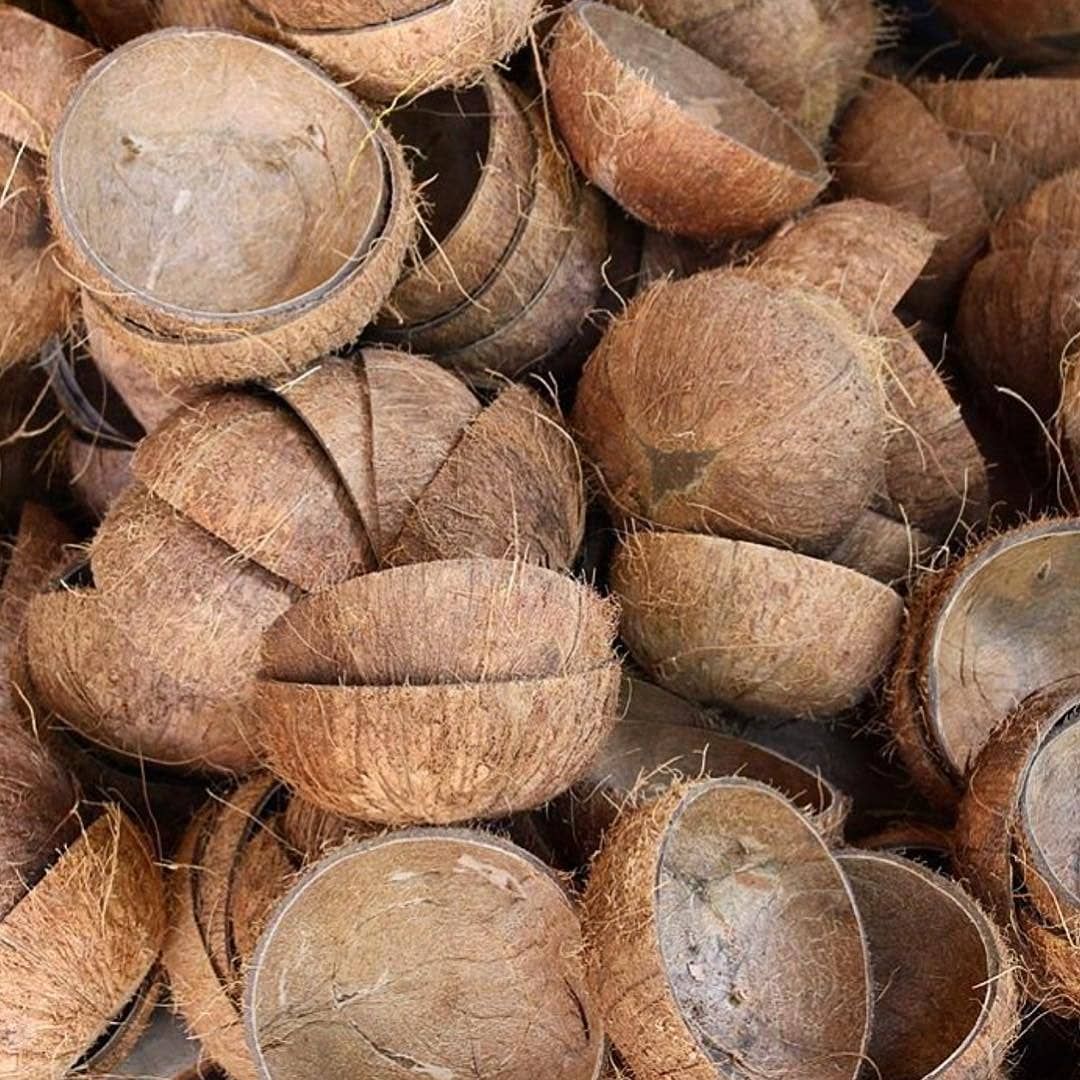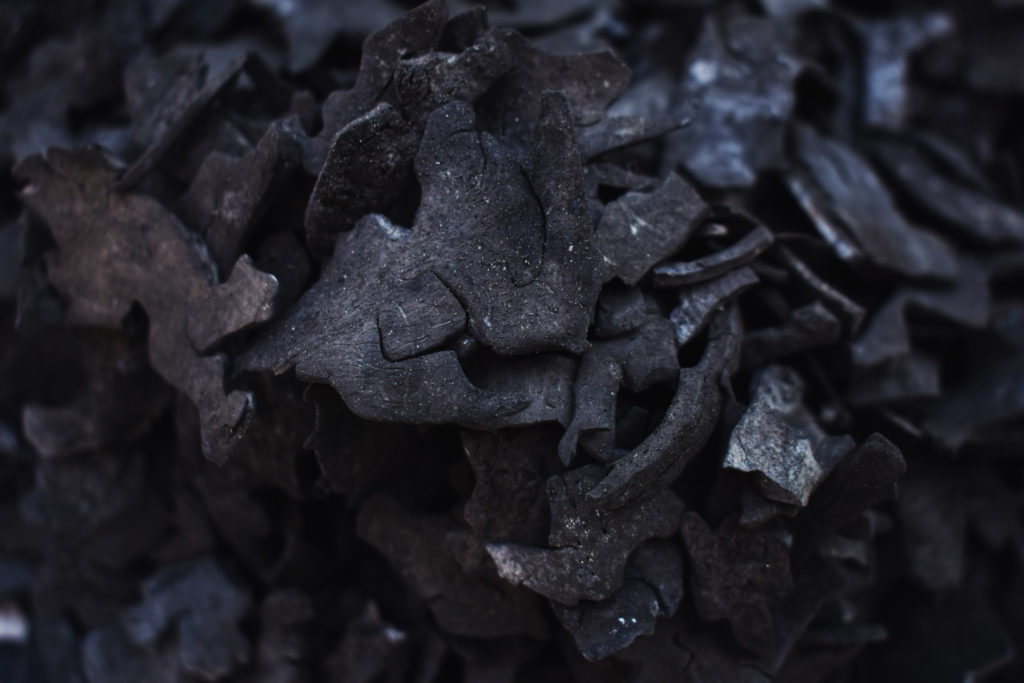Coconut, often celebrated for its culinary versatility and nutritional benefits, harbors untapped potential beyond its traditional uses. In recent years, the coconut has emerged as a valuable resource in the realm of sustainable energy and waste management, particularly through the pyrolysis of coconut charcoal making machine. This comprehensive guide explores the intricate journey from coconut husks to charcoal, delving into the science, technology, benefits, challenges, and applications of coconut to charcoal conversion through pyrolysis.

Understanding Pyrolysis:
Pyrolysis, derived from the Greek words “pyro” (fire) and “lysis” (separation), is a thermochemical process that involves heating organic materials in the absence of oxygen to produce char, bio-oil, and syngas. During pyrolysis, the organic matter undergoes thermal decomposition, breaking down into volatile gases, liquids, and solid residues. The absence of oxygen prevents complete combustion, leading to the formation of carbon-rich char, commonly known as biochar or charcoal.
The process of pyrolysis in sugarcane bagasse charcoal making machine typically occurs in three stages: drying, devolatilization, and carbonization. During the drying stage, moisture is removed from the feedstock, preparing it for subsequent thermal decomposition. In the devolatilization stage, volatile compounds such as gases and tars are released as the temperature rises, leaving behind a carbonaceous residue. Finally, in the carbonization stage, the remaining solid material is converted into char through further heating, resulting in a porous and highly carbonized product.
Coconut to Charcoal Conversion:
Coconut husks, often considered waste in coconut processing industries, present an ideal feedstock for charcoal production through pyrolysis. Coconut husks are composed primarily of lignocellulosic biomass, comprising cellulose, hemicellulose, and lignin, which undergo thermal decomposition to yield charcoal and other byproducts.
The process of converting coconut husks to charcoal through pyrolysis involves several steps:
Collection and Preparation: Coconut husks are collected from coconut processing facilities or agricultural sources. They are then cleaned, sorted, and shredded to a suitable size for pyrolysis.
Loading and Heating: The shredded coconut husks are loaded into a pyrolysis reactor, where they undergo thermal treatment in the absence of oxygen. The reactor is heated to temperatures ranging from 300°C to 800°C, depending on the desired product specifications and process conditions.
Pyrolysis Reaction: As the coconut husks are heated, volatile gases and liquids are released, leaving behind a carbon-rich residue. The temperature, residence time, and heating rate play crucial roles in determining the composition and properties of the resulting charcoal.
Cooling and Collection: After the pyrolysis reaction is complete, the reactor is cooled, and the charcoal product is collected. The charcoal is then sieved to remove any impurities and graded according to particle size and quality.
Packaging and Distribution: The final charcoal product is packaged and prepared for distribution to various markets, including industrial, agricultural, and domestic sectors.

Benefits of Coconut to Charcoal Conversion:
The conversion of coconut husks to charcoal through pyrolysis offers a multitude of benefits, spanning environmental, economic, and social dimensions:
Waste Valorization: By converting coconut husks, a byproduct of coconut processing, into charcoal, pyrolysis mitigates waste disposal challenges and reduces environmental pollution. This waste valorization contributes to resource efficiency and circular economy principles by transforming waste into a valuable resource.
Renewable Energy: Charcoal produced from coconut husks serves as a renewable and sustainable energy source, suitable for various applications, including cooking, heating, and power generation. Unlike fossil fuels, charcoal derived from biomass is carbon-neutral, as the carbon dioxide emitted during combustion is offset by the carbon absorbed during plant growth.
Soil Amendment: Biochar, a type of charcoal produced through pyrolysis, exhibits unique properties that enhance soil fertility, moisture retention, and nutrient availability. Application of coconut-derived biochar to agricultural soils improves soil structure, promotes microbial activity, and enhances crop productivity, leading to sustainable agriculture practices and food security.
Economic Opportunities: The production of charcoal from coconut husks creates economic opportunities for coconut farmers, processors, and entrepreneurs. By monetizing waste streams and generating value-added products, pyrolysis contributes to income generation, job creation, and rural development, particularly in coconut-growing regions.
Challenges and Considerations:
Despite its numerous benefits, coconut to charcoal conversion through pyrolysis in Beston straw charcoal machine presents several challenges and considerations that warrant attention:
Feedstock Availability: The availability and quality of coconut husks as a feedstock for pyrolysis may vary depending on factors such as geographical location, seasonal fluctuations, and agricultural practices. Ensuring a consistent and reliable supply of feedstock is essential for maintaining the viability of charcoal production operations.
Process Optimization: Achieving optimal process conditions, including temperature, residence time, and heating rate, is critical for maximizing charcoal yield, quality, and energy efficiency. Process optimization requires thorough experimentation, research, and development to identify the most suitable parameters for specific feedstocks and reactor configurations.
Environmental Impact: While charcoal production from coconut husks offers environmental benefits compared to conventional fossil fuels, it is essential to consider the potential environmental impacts associated with pyrolysis operations. These may include emissions of greenhouse gases, particulate matter, and volatile organic compounds, as well as energy consumption and waste management practices.
Market Demand and Competition: The market demand for coconut-derived charcoal may fluctuate depending on factors such as consumer preferences, economic conditions, and competing products. Understanding market dynamics, identifying niche opportunities, and establishing strategic partnerships are essential for ensuring the commercial viability and long-term sustainability of charcoal production ventures.
Applications and Future Directions:
The charcoal produced from coconut husks through pyrolysis finds diverse applications across various sectors, including:
Household Energy: Charcoal serves as a clean and efficient cooking fuel for households, particularly in regions where access to electricity and clean cooking technologies is limited. Its high energy density, long burning time, and low smoke emissions make it a preferred fuel for traditional and modern cooking stoves.
Industrial Processes: Charcoal is used as a feedstock in various industrial processes, including metallurgy, chemical synthesis, and wastewater treatment. Its porous structure and high carbon content make it an ideal adsorbent for removing impurities and contaminants from gases, liquids, and solids.
Agricultural Practices: Biochar derived from coconut husks improves soil health, fertility, and productivity when applied to agricultural lands. Its ability to sequester carbon, retain moisture, and enhance nutrient cycling makes it a valuable soil amendment for sustainable farming practices.
Environmental Remediation: Charcoal-based products are utilized in environmental remediation and pollution control applications, such as soil remediation, water filtration, and air purification. Its adsorptive properties make it effective in capturing and immobilizing contaminants, reducing environmental risks and improving ecosystem health.